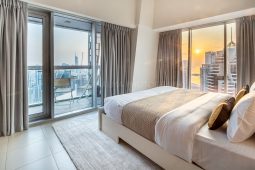Atlantis, The Palm, WHITE Beach Brings The Heat This Winter
WHITE Beach elevates Dubai’s entertainment scene with an exclusive, one-night performance by South African DJ, Black Coffee and Sunkissed Beach Brunch returns every Sunday with exciting live entertainment, signature dishes, and bespoke cocktails





